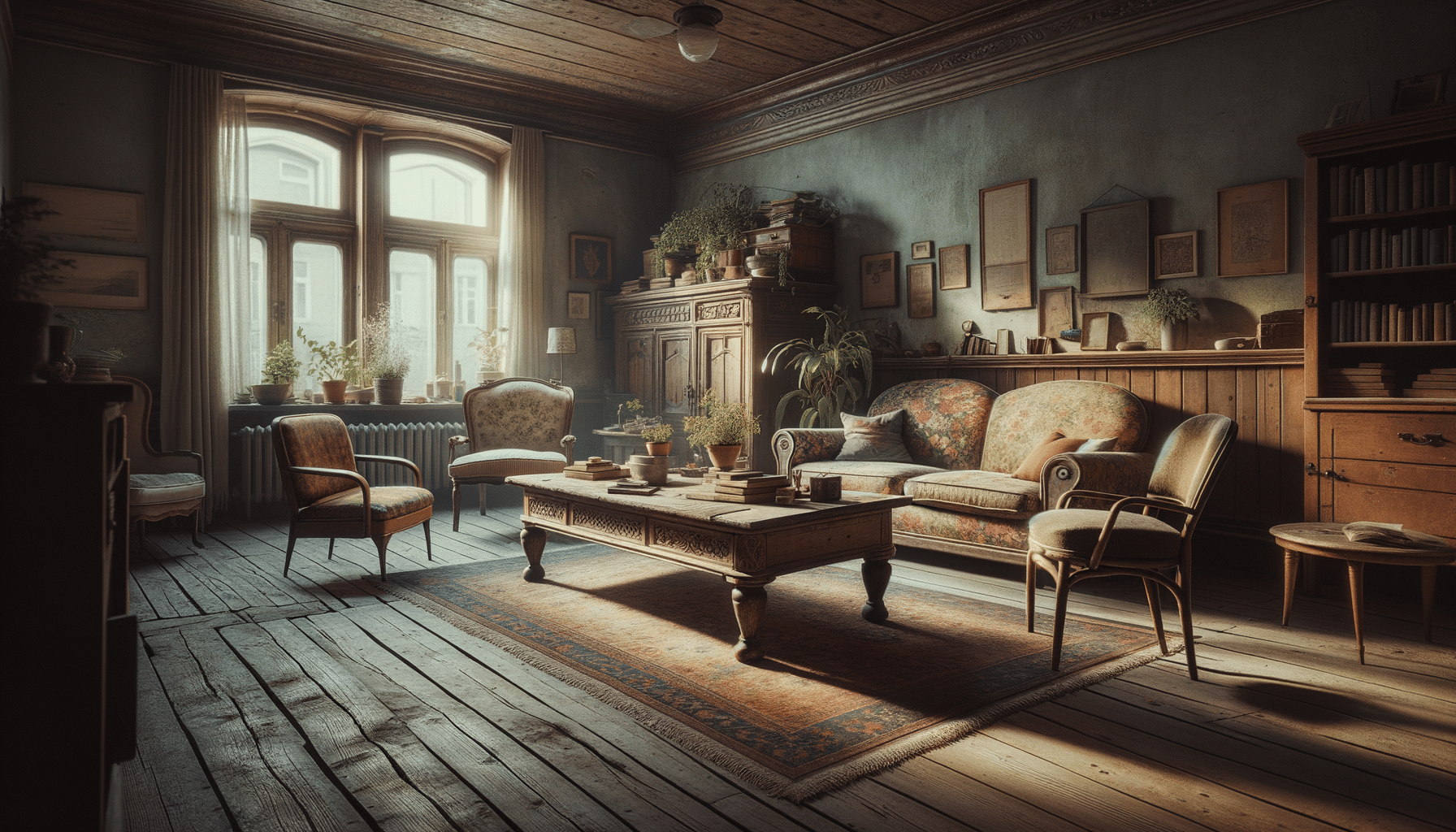
Explore the benefits of Second Hand Furniture in this comprehensive guide.
The Rising Popularity of Second Hand Furniture
In recent years, second hand furniture has seen a resurgence in popularity. This trend is driven by several factors, including a growing awareness of sustainability, the allure of unique and vintage pieces, and the economic benefits of buying used. As people become more environmentally conscious, they are seeking ways to reduce waste, and buying pre-owned furniture is a practical step in that direction. Not only does it help in minimizing landfill waste, but it also reduces the demand for new resources and energy used in manufacturing new furniture.
Furthermore, second hand furniture is often associated with unique styles and the charm of bygone eras. Many individuals are drawn to the character and history embedded in used pieces, which can add a unique personality to their living spaces. Additionally, the economic aspect cannot be overlooked; purchasing pre-owned furniture can be significantly more affordable than investing in new items, making it an attractive option for budget-conscious consumers.
With the rise of online marketplaces and thrift stores, access to second hand furniture has never been easier. This accessibility allows consumers to explore a wide variety of styles and options without leaving the comfort of their homes. As a result, second hand furniture is not only a practical choice but also an exciting and creative avenue for home decoration.
Benefits of Buying Second Hand Furniture
Buying second hand furniture offers numerous benefits that go beyond just cost savings. One of the primary advantages is the environmental impact. By choosing pre-owned items, consumers contribute to reducing waste and promoting a circular economy. The furniture industry is a significant contributor to landfill waste, and by opting for second hand, individuals play a part in mitigating this issue.
Another benefit is the potential for discovering unique and high-quality pieces. Unlike mass-produced furniture, second hand items often come with a story and craftsmanship that is hard to find in new products. Many vintage or antique pieces are made from durable materials and have been crafted with attention to detail, ensuring longevity and continued use.
Finally, buying second hand can be an opportunity for customization and creativity. With a bit of imagination and some DIY skills, old furniture can be transformed or upcycled into something entirely new. This not only adds a personal touch to home decor but also fosters a sense of accomplishment and creativity.
- Environmentally friendly choice
- Access to unique and high-quality items
- Opportunities for customization and upcycling
Finding Quality Second Hand Furniture
When it comes to finding quality second hand furniture, there are several strategies to ensure you make a worthwhile purchase. Firstly, it’s important to know where to look. Thrift stores, online marketplaces, and estate sales are excellent places to start. Each of these options offers a range of styles and prices, catering to different tastes and budgets.
When inspecting second hand furniture, pay close attention to the materials and construction. Solid wood pieces, for example, are often more durable than those made from particleboard. Check for signs of damage, such as cracks, warping, or missing parts, which can affect the piece’s longevity. It’s also wise to test the stability and functionality of items like chairs and tables before purchasing.
Don’t shy away from pieces that need a little TLC. Sometimes a simple repair or a fresh coat of paint can breathe new life into an otherwise overlooked item. Doing so not only saves money but also allows you to tailor the piece to your specific decor needs.
- Explore thrift stores, online marketplaces, and estate sales
- Check materials and construction for durability
- Consider pieces that can be easily repaired or customized
Sustainability and Second Hand Furniture
The role of second hand furniture in promoting sustainability is significant. The furniture industry is resource-intensive, involving the use of wood, metals, and synthetic materials, along with the energy required for manufacturing and transportation. By choosing second hand, consumers help reduce the demand for these resources.
Additionally, the carbon footprint associated with the production and distribution of new furniture is substantial. Opting for pre-owned items can significantly cut down on emissions, as the energy used in refurbishing or transporting second hand furniture is generally much lower than producing new pieces from scratch.
Moreover, second hand furniture supports the idea of a circular economy, where products are reused and recycled rather than discarded. This approach not only conserves resources but also encourages sustainable consumer habits. By embracing second hand furniture, individuals can make a positive impact on both the environment and their communities.
- Reduces demand for new resources
- Lowers carbon footprint
- Supports a circular economy
Tips for Buying Second Hand Furniture
Purchasing second hand furniture can be an enjoyable and rewarding experience if approached with the right mindset and strategy. Here are some tips to make the process smoother and more successful:
First, set a budget. While second hand furniture is generally more affordable, prices can vary widely depending on the item’s age, condition, and rarity. Having a clear budget helps narrow down options and prevents overspending.
Next, do some research on styles and brands. Knowing what you’re looking for can save time and help you identify high-quality pieces quickly. Familiarize yourself with the characteristics of different materials and construction techniques to better assess the value and durability of the items you encounter.
Also, be prepared to negotiate. Many sellers are open to offers, especially if an item has been on the market for a while. Polite bargaining can often lead to significant savings. Lastly, trust your instincts. If something doesn’t feel right about a purchase, it’s okay to walk away and continue your search.
- Set a budget to guide your search
- Research styles and brands for informed decisions
- Don’t hesitate to negotiate prices


